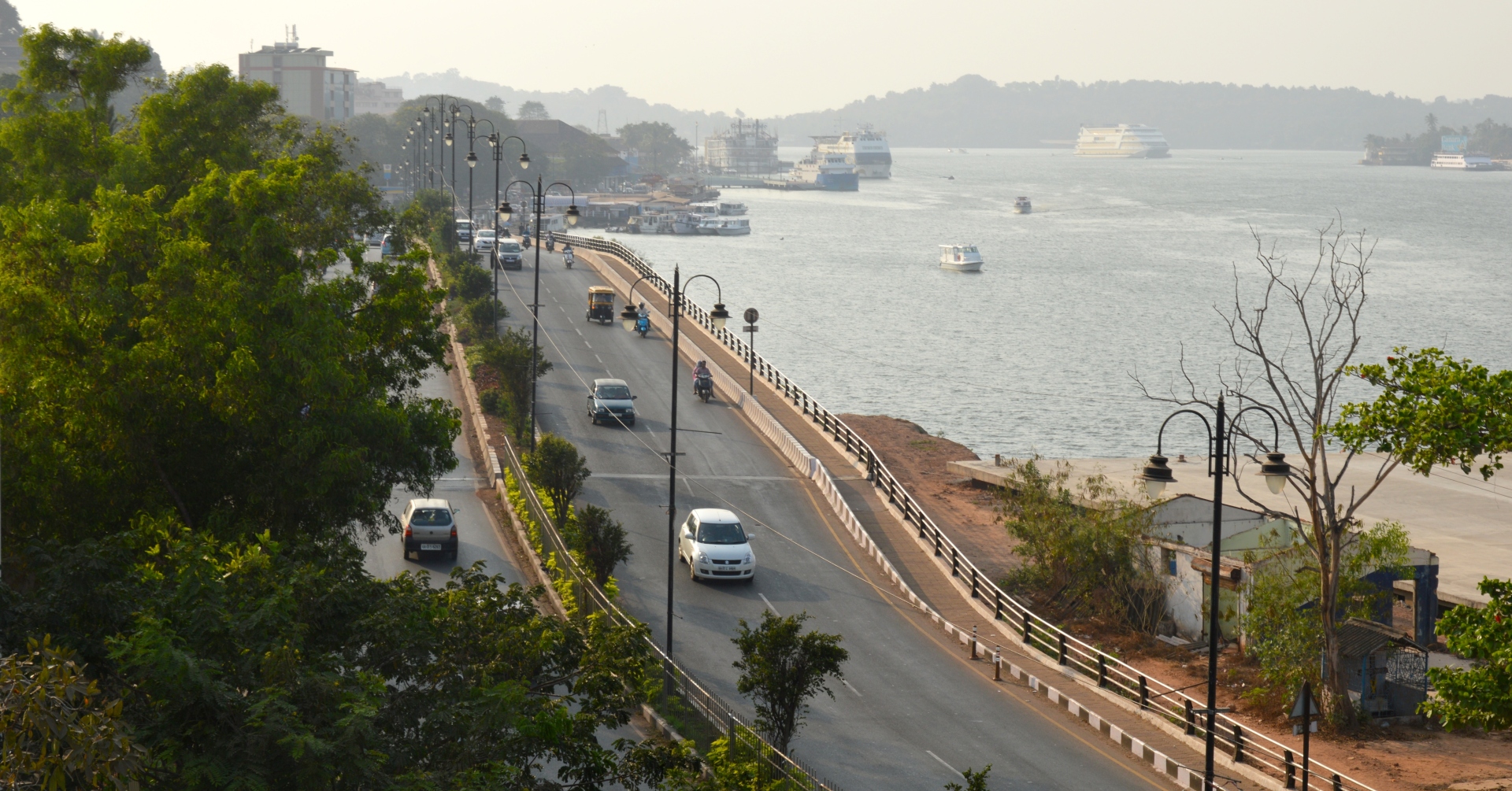
One of the tiny Indian States, Goa, has been a tourism destination, annually attracting hordes of visitors from all over the world, with its sandy shores, the warmth of its people and its lush greenery. It is recently that the focus is shifting from the sun-soaked shores to the cultural treasures of the hinterlands. Now, there are successful attempts to link Goa with many other touristically important destinations, not only in India, but all across the world.
The positive outlook of the failure of related agencies, for upkeep of basic infrastructure of roads, electricity and supply of potable water with out-of-this-world planning smart ideas, especially during the seasonal monsoons in urban areas, one would itch to suggest that we should also consider aligning our touristic agendas with the City of Venice, on a ‘Twin City Concept’. Interestingly Venice, which is a UNESCO World Heritage site, is also known as the ‘Queen of Adriatic’ or ‘City of Waters’ or ‘City of Bridges’ or ‘The Floating City’ and also ‘City of Canals’...
The Italian city of Venice is one of the most attractive tourist destinations in the world, attracting millions of footfalls, every year. The main attraction of this destination, which had been created centuries ago, by developing a group of 118 small islands, and inter-connected with over 400 bridges and traversed with their traditional, flat-bottomed rowing boats called ‘Gondolas’. They are silently propelled over the inter-twining canals and under many of the bridges of Venice, by the Venetian boatman called the ‘Gondolier’.
Let us compare our infrastructure failures, and compare among the urban cities of Goa, as to which could be selected as the ‘Twin of Venice’! In such a contest our Capital City - Panaji, would be a hands-down winner! Let us compare the identity of Venice such as ‘City of Canals’ - here we have traditional canals - the St Inez Canal and the Ormuz Creek - Qualified round 1! Venice is known as ‘City of Bridges’ - here too, Panaji would be miles ahead of any other city.
Can you believe that Panaji has 14 bridges and historic culverts connecting it to the other lands? On the North, across River Mandovi, we have three - the Atal Setu Cable Stayed Bridge, the New Mandovi Bridge and the Old Nehru Bridge. To the East we have five, over the Ourem Creek, we have the New Pato Bridge, Old Pato Bridge, the Ourem Footbridge, Gyan Setu behind Central Library and the EDC - Mala Link Bridge; and to the West, we have six culvert bridges across St Inez - under Dayanand Bandodkar Marg near children’s park, the Minerva Bridge near INOX, Bridge near Shanta Building, Ponte de Portugal near Kala Academy, the Bridge behind Fire Department and the Tonca Culvert Bridge.
To add to this, we have another marvel of engineering, the historic Ponte de Conde de Linhares or the Ribandar Causeway connecting Ribandar to Panaji, which is contemporary to the Taj Mahal of Agra and was the longest causeway in Asia at 3,026 metres, when it was built in 1632-35.
Every monsoon, Panaji is plagued with knee-deep water, from the routinely rising high tide, sometimes adversely high due to the full moon effect and aggravated by a high flow of rainwater, rushing from the Sahayadri ranges to meet the Arabian Sea. The arterial roads of the capital city are showing distress during a spell of heavy rains leading to massive discomfort to the public in general and the shopkeepers along these routes, in particular.
It is a matter of amazement that the ‘Ribandar Causeway’ built for bullock carts and horse carriages, 392 years ago on marsh and silt with wooden piling foundation, is still carrying over 1500 times the load, daily and standing strong! Can we say the same about the modern-day bridges across the River Mandovi, built with the latest technology and designed by brilliantly qualified engineers?
The sewage system lines, laid by the then administration at the beginning of 1800s, for a population of a few hundred people, under the well-planned, futuristic ‘grid pattern roads’ were still serving an overgrown and voluminous population, till a few years ago. The last couple of years have been a Panaji resident and commuters nightmare! It was a very ‘un-smart’ decision to haphazardly convert Panaji into a war zone, in the name of laying an underground sewage line with modern technology, with absolutely unplanned blocking of connecting roads for months on end, and carrying out the works with a handful of work-force, happily unsupervised by any engineers or a set time frame. The results of the modern technology used can be gauged by the number of potholes and the increasing number of vehicles sinking into the roads due to variance in the larger drilled underground holes and the narrower inlaid pipe diameters.
Whatever the case, this mess seems to be a well-planned surgical move, by whosoever qualified planner or planners, to destroy a wonderful tourist season, which could have helped the local merchants to recover from their Covid losses. May good sense prevail on those that hold the future of others in their hands!